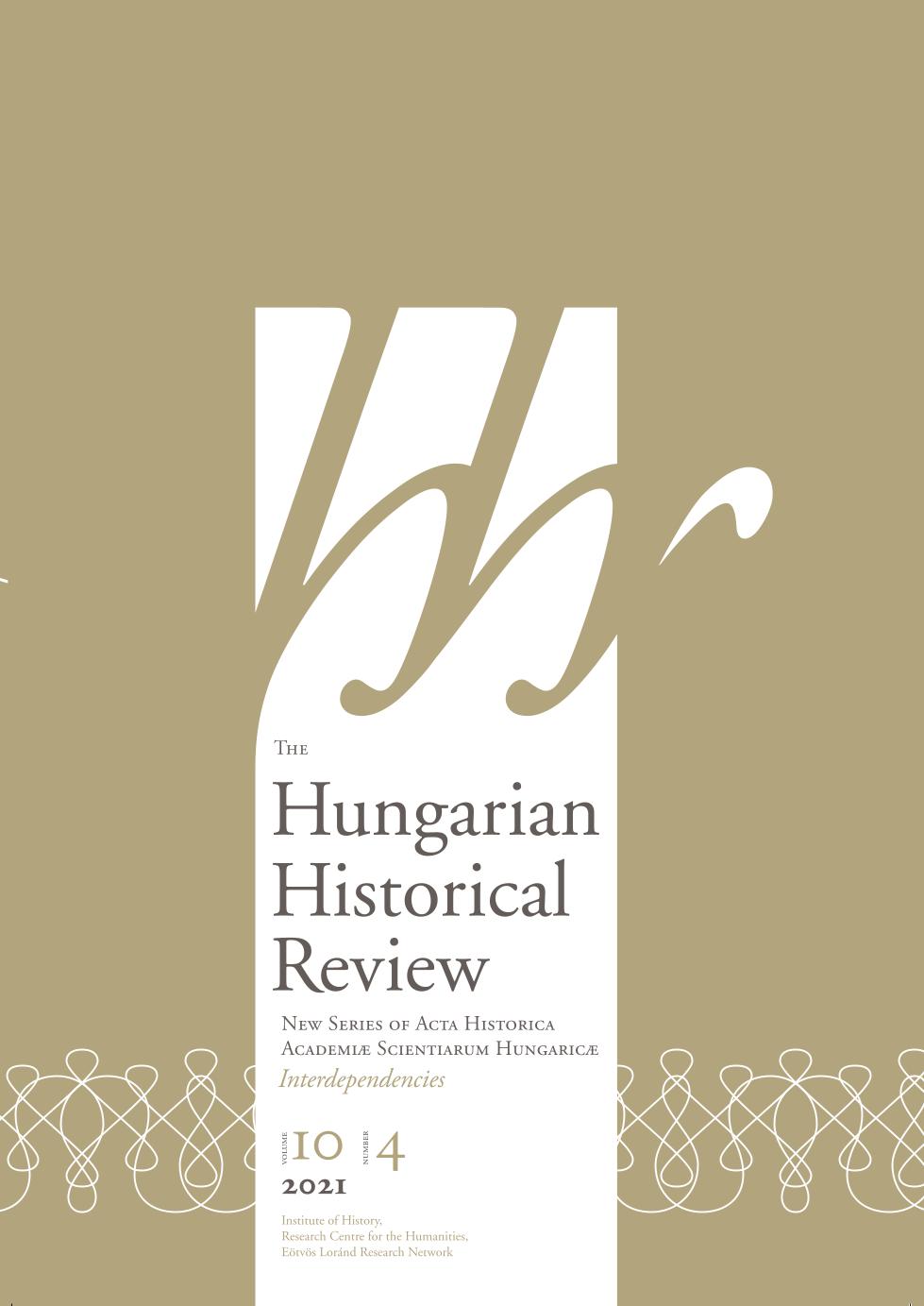Multiple Loyalties in Habsburg-Hungarian Relations at the Turn of the Fifteenth and Sixteenth Century
Multiple Loyalties in Habsburg-Hungarian Relations at the Turn of the Fifteenth and Sixteenth Century
Author(s): Bence PéterfiSubject(s): 15th Century, 16th Century
Published by: Magyar Tudományos Akadémia Bölcsészettudományi Kutatóközpont Történettudományi Intézet
Keywords: multiple loyalties; late Middle Ages; Hungarian Kingdom; Habsburg dynastic politics; cross border contacts
Summary/Abstract: In this essay, I examine how people with business and political interest on both sides of Austrian–Hungarian border, sometimes even in royal courts, could survive in spite of the rather capricious relationship between Hungarian kings and Habsburg rulers in the second half of the fifteenth century and the early sixteenth century. Most of them sought a solution that would enable them to keep the estates and the positions they had already acquired. This “double loyalty” was practically impossible in the midst of the war between Matthias Corvinus and Frederick III, Holy Roman emperor: very few of the figures in question managed to maintain attachments to both sides. A window of opportunity opened with the Peace of Pressburg in 1491, when the two parties recognized the possibility of service in the neighboring ruler’s service. Although the peace treaty did not alter the significant shrinking of the camp supporting the Habsburg claim to the throne, which had been relatively large in the time of the 1490–91 Austro-Hungarian War, from the 1490s on and in strikingly large numbers from the mid-1510s, more and more people could be found whose activities made plainly clear that they were not exclusive in their loyalties: they were quite able to serve two masters at the same time.
Journal: The Hungarian historical review : new series of Acta Historica Academiae Scientiarum Hungaricae
- Issue Year: 10/2021
- Issue No: 4
- Page Range: 621-652
- Page Count: 32
- Language: English

